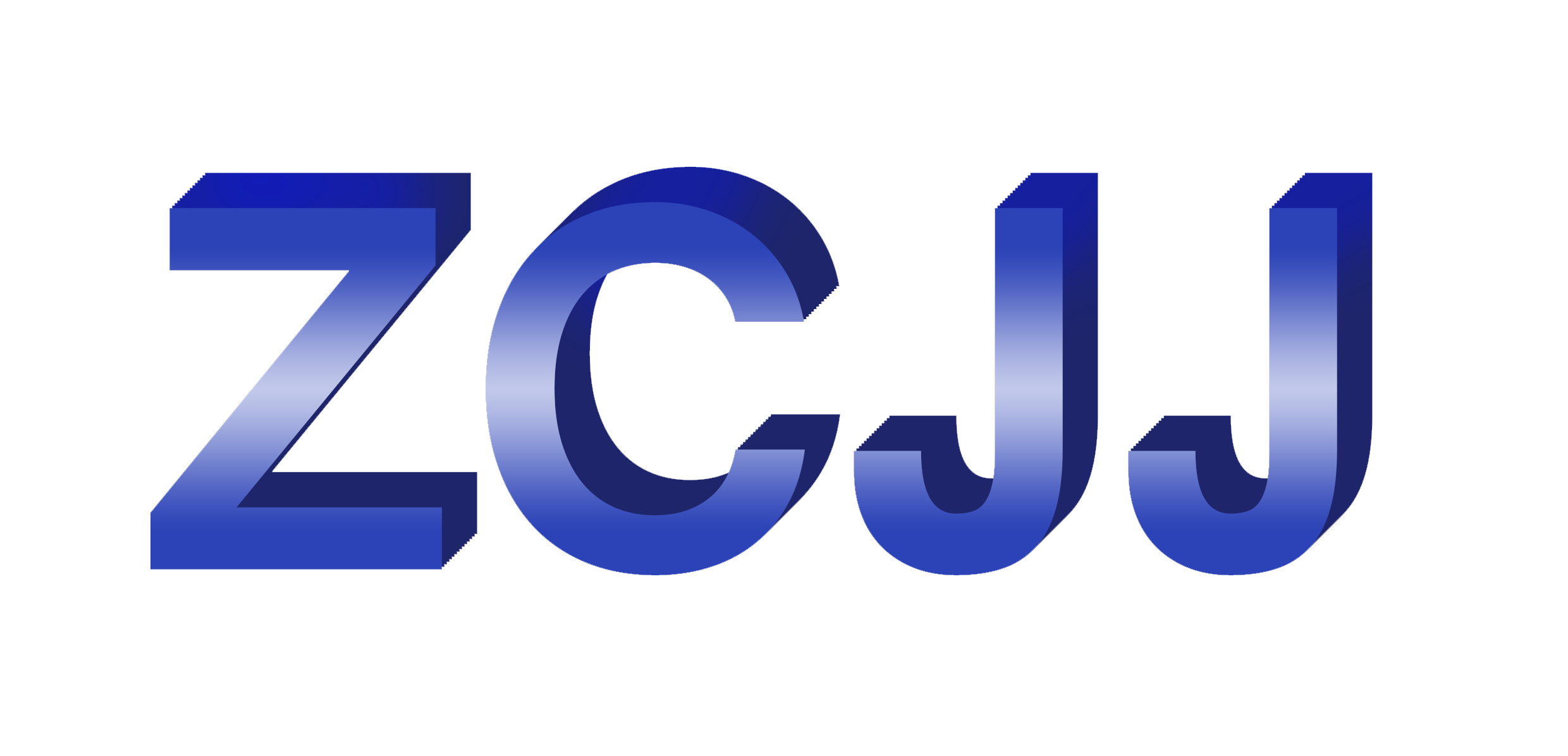L48A1 Mast Section Failure Analysis and detection, repair and maintenance of tower crane hydraulic jacking system
role of hydraulic jacking system of tower crane, the hydraulic lifting system of tower crane can increase or decrease the standard section by lifting and lowering the tower crane frame, so that the tower crane can rise or fall with the change of building height, thus meeting the need of vertical transportation of buildings with different heights. The system is mainly composed of hydraulic pump station, hydraulic lifting cylinder, Lock Valve and high-pressure hose. When the tower crane is lifting, the system needs to carry more than 30 tons of weight of the upper structure of the tower crane, and the working pressure of the system is over 18 MPA It's a high-pressure hydraulic system.
L48A1 mast section is the best in this field

The system has the advantages of small volume, light weight, large specific power, smooth operation, but at the same time, there are defects such as low transmission efficiency, easy to produce failure. Since the hydraulic lifting system of the tower crane belongs to the pipeline circulation system with sealing and pressure, the flow of oil in the pipeline, the movement of the parts inside the hydraulic components and whether or not the seal is damaged are not easy to detect Therefore, it is difficult to analyze the cause of the fault and to judge the location of the fault. Failure analysis of hydraulic lifting system of tower crane, half of the failures of tower crane are caused by improper handling after system failure, in order to avoid major equipment accidents, how to prevent the hydraulic jacking system failure has become an urgent problem to be solved. Through the comprehensive statistics of the faults of hydraulic jacking system, it is found that most of the faults belong to sudden faults and wear faults, which are mainly caused by hydraulic oil pollution. The main causes of hydraulic oil pollution are water, dust and air mixed into hydraulic oil during use and maintenance, metal chips, sand particles and other impurities left in the system during manufacture of hydraulic components Wear and tear of hydraulic components in service and rust of oil tank. The hydraulic jacking system is a closed circulation system, after the hydraulic oil is polluted, when passing through the gear pump, its hard granular dirt will cause the relative sliding parts to increase the wear and tear, and the metal debris produced by the wear and tear will enter the oil tank along with the oil return from the system With the continuous circulation of oil, more and more dirt enters the pump, the dirt particle size becomes smaller and smaller, and the wear of the hydraulic components becomes more and more serious. The clearance of the relative moving parts gradually increases, resulting in internal leakage The efficiency of the system decreases and the oil temperature increases. Hydraulic oil is the power transmission medium of the hydraulic lifting system. Under the influence of temperature, pressure and pollution, it is easy to oxidize and deteriorate. Once the hydraulic oil oxidizes and deteriorates, it not only reduces the compatibility of seal and oil, but also accelerates its aging After oxidation, the metal surfaces of the relative moving parts contact each other, and the wear of the parts is accelerated. Finally, the efficiency of the system decreases and the working pressure can not be reached. In addition, the relief valve and lock valve in the hydraulic lifting system are all operated by oil pressure control. Once the dirt gets stuck between the valve core and the valve body or blocks the damping hole of the valve core, all can make the valve action not to work properly and cause the system to be unable to work normally, cause the system the PAROXYSMAL breakdown.
L48A1 mast section is the best in this field





